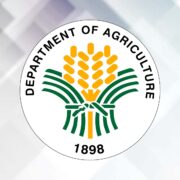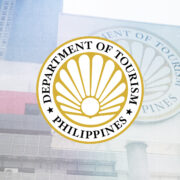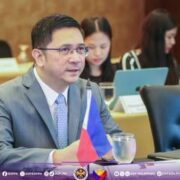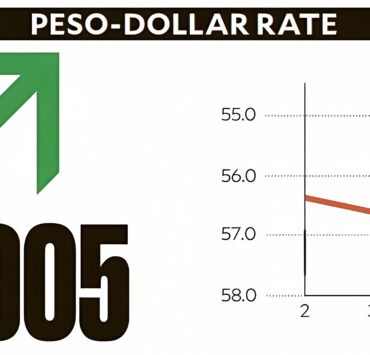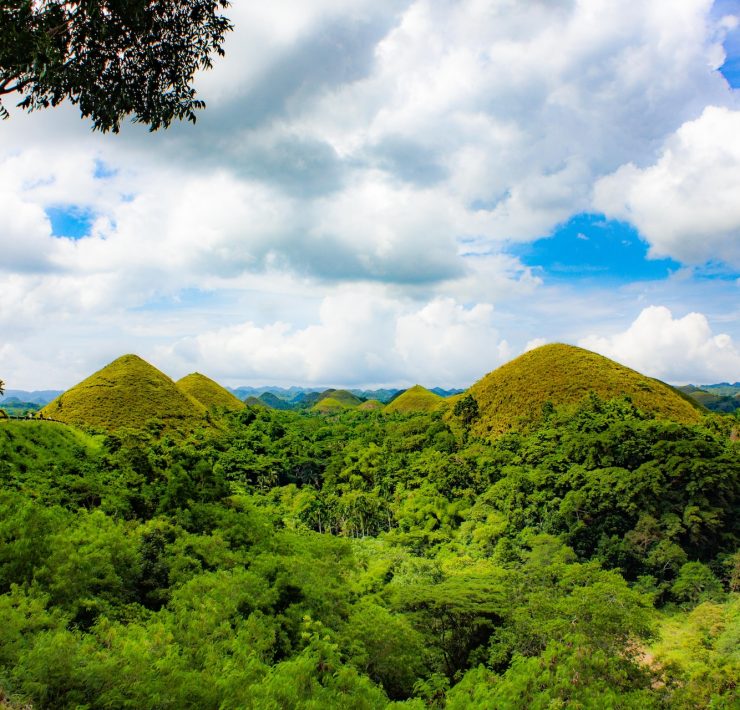Restoring our damaged reefs: A vital lifeline for coastal communities

Bohol Governor Erico Aris Aumentado is offering a P200,000 reward to anyone who can identify the boatman and tourist guide who accompanied the foreign nationals involved in the coral vandalism at the Estaca snorkeling site around Virgin Island in Panglao town.
Preserving the natural beauty of reefs is crucial for underwater tourism, especially for international visitors, but the recent incident in Bohol goes against all reason and threatens the integrity of the marine ecosystem. Since tourism carries inherent risks, such as accidental damage caused by snorkelers and divers, measures must be taken to mitigate these risks and protect our fragile reefs. It is imperative to act swiftly to prevent further harm and safeguard the ongoing restoration efforts.
The Department of Environment and Natural Resources (DENR) is currently working on a comprehensive national strategy to restore coral reefs in our country. These reefs are not just stunning marine ecosystems; they are critically important habitats for a wide array of fish species, serving as a crucial source of sustenance for artisanal fishers along our coasts. The livelihoods of many impoverished fishermen depend on the health of these reefs, making their preservation a matter of urgent concern.
Despite their immense ecological and economic importance, coral reefs are facing significant threats from destructive practices such as the use of explosives and poisons in fishing, pollution, offshore quarrying, and siltation. These activities have had a devastating impact on reef health nationwide, leading to a widespread decline.
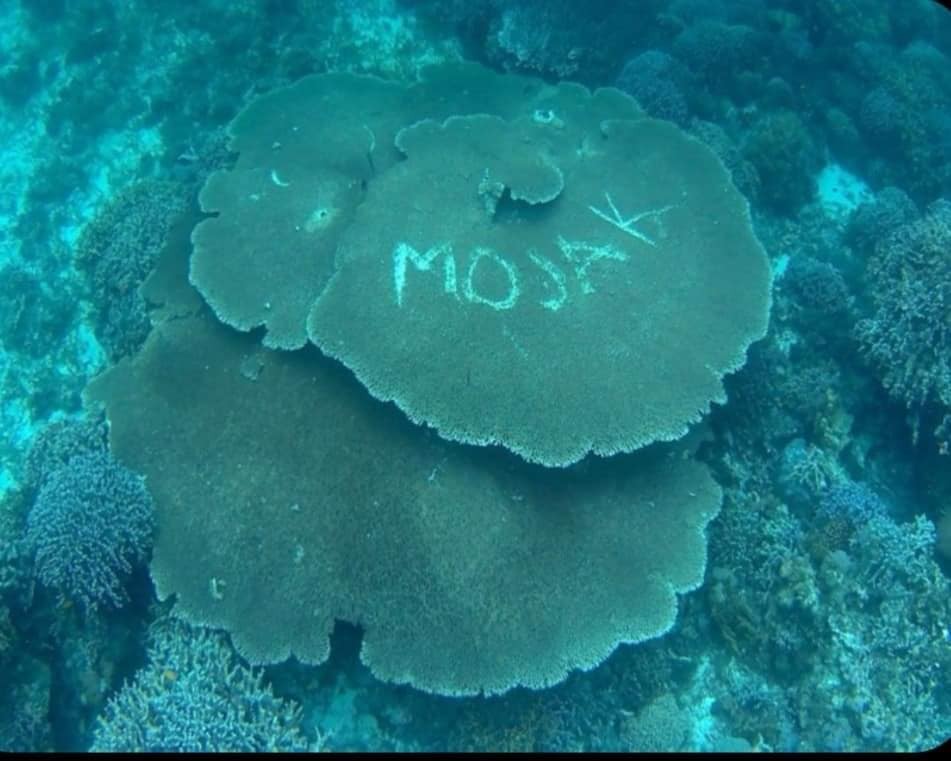
Reefs in excellent condition: 5 percent
Unfortunately, our understanding of the current state of coral reefs is limited. The most recent comprehensive national survey was conducted in the 1970s by esteemed scientists Dr. Edgardo Gomez and Dr. Angel Alcala, revealing alarming findings. The survey showed that only 5 percent of reefs were in excellent condition then.
While limited in geographic scope, assessments have been carried out by various groups over the years. For example, the United Nations Development Programme in the Philippines, through support from the Global Environment Facility, partnered with the DENR- Biodiversity Management Bureau, to implement the SMARTSeas Project aimed at accelerating the establishment of marine protected areas (MPA) and MPA networks to include more marine key biodiversity areas (MKBAs), represents one of the most extensive efforts to assess reef health within marine KBAs.
Additional research conducted by institutions like the University of the Philippines Marine Science Institute (UP MSI) along with conservation NGO Rare Philippines focused on several locally-managed marine protected areas (LMMPAs) all over the country, which have shown promise in terms of reef restoration through natural recovery. Noteworthy examples of successful LMMPAs include the Ermita MPA in San Carlos, Negros Occidental; Mantalip Reef in Bindoy and Iniban MPA in Ayungon, both in the province of Negros Oriental; and the Buluan MPA in Ipil, Zamboanga-Sibugay. They have demonstrated significant recovery in coral cover and reef fish populations through stringent enforcement of protection measures.
Global biodiversity framework
The ongoing development of a national coral reef restoration strategy aligns with the global conservation objectives outlined in the Kunming-Montreal Global Biodiversity Framework (KMGBF) of the United Nations Convention on Biological Diversity. This framework emphasizes the urgent need to restore damaged ecosystems, Target 2 of KMGBF, including coral reefs, and calls for the protection of 30 percent of the world’s oceans by 2030 (Target 3, termed as ’30×30′). Coral reefs, known for their unparalleled marine species richness, are among the key focal targets of this initiative, as safeguarding these ecosystems is crucial for the preservation of marine species diversity.
An essential aspect of effective reef restoration is the utilization of environmentally friendly methods that prioritize natural recovery processes and ecosystem resilience. While interventions such as coral larval collection and transplantation can show promise, the sine qua non remains in facilitating recovery through natural recruitment mechanisms. A notable example is the UP MSI’s restoration experiment funded by the Australian government in the Hundred Islands through larval enrichment.
Researchers collect coral larvae during a coral mass spawning event and let them settle in the target restoration area. The experimental site overseen by UP MSI now showcases coral cover and species composition similar to that of a pristine reef. This critical success highlights the importance of bolstering coral cover to enhance reef resilience against mounting threats, such as global warming, as diverse coral communities provide greater stability in the face of environmental stressors.
The formulation of our restoration strategy signifies a collaborative endeavor encompassing various sectors, with a crucial reliance on scientific expertise to steer evidence-based decision-making. We express our appreciation to the DENR and the esteemed marine specialists of our nation for their unwavering commitment to exploring sustainable solutions for rejuvenating our coral reefs. These unique underwater ecosystems serve as essential life-sustaining entities for numerous coastal communities scattered across our country.
Comprehensive national plan of action
It is heartening to learn that the DENR is also spearheading the crafting of a comprehensive national plan of action for the preservation of Philippine coral reefs, which is to be launched soon. This initiative stands as a testament to our country’s dedication to the Coral Triangle Initiative (CTI), showcasing our resolve to safeguard these invaluable marine resources. The National Plan of Action (NPOA) is poised to align closely with the objectives outlined in the CTI’s Regional Action Plan, which is centered on the preservation and enhancement of marine biodiversity in the region. This cooperative effort aims to ensure the sustained flow of ecological benefits we derive from our marine ecosystems. Notably, the collective economic benefits from coral reefs in the Coral Triangle amount to a substantial US$13.9 billion annually from the fisheries, tourism and coastal development sectors, according to a 2018 report by the UN Environment and three other other agencies titled, “The business case for investment in the protection, preservation and enhancement of coral reef health.”
The CTI envisions the development of sustainable solutions through collaborative endeavors aimed at protecting and conserving the rich and diverse marine life found in the region. Recognizing the intricate ecological interconnections that exist within this vibrant marine ecosystem, pursuing regional-scale cooperation is imperative. By working together, we can uphold the intricate balance of marine biodiversity and ensure the continued prosperity of our coastal communities reliant on these treasure troves of nature.
Dr. Michael P. Atrigenio is an Assistant Professor at the Marine Science Institute of the University of the Philippines Diliman and the program head of the Professional Masters in Tropical Marine Ecosystems Management Program. He is also the President of the Marine Environment and Resources Foundation.









